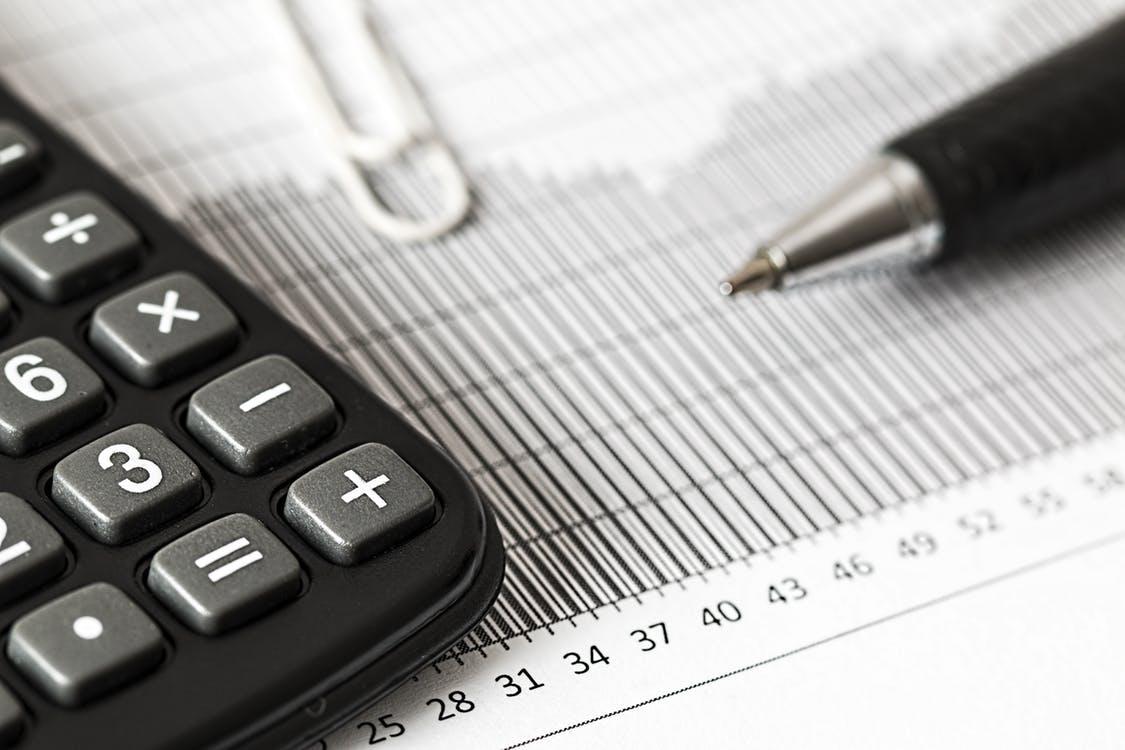A loan is a lump sum of money that you take with the assumption of paying it back either all at once or over time, normally with interest. Loans are set on a fixed amount like $5,000 or $15,000. The lender will give you the precise amount of the loan that will vary depending on your income, credit history, debt, and other several factors.
If you are planning to take out a loan, you must know first your loan options so you can make better decisions about which type of loan you exactly need in order to meet your goals.
Open-Ended and Closed-Ended Loans
Close-ended loans are just one shot loans that cannot be borrowed again once you’ve repaid it. The balance of the loan goes down as you pay on closed-ended loans. You don’t have any available credit you can use on close-ended loans. So if you need to borrow again, you have to apply for another loan and go through the approval process over again. Closed-ended loans include mortgage loans, student loans, and auto loans.
Open-ended loans are the type of loans that you can borrow over and over such as, credit cards and lines of credit. Both have a credit limit which determines the maximum amount you can borrow at one time.
You can either use just a part of your credit limit or use all of it, depending on your needs. Every time you make a purchase, your available credit decreases. But as you soon make your payments, your available limit increases permitting you to use the same credit over and over as long as you follow strictly its terms.
Secured and Unsecured Loans
Secured loans are dependent on an asset as collateral for the loan. If you ever default on the event of the loan, the lender can use that asset to cover the loan. Secured loans have lower interest rates than unsecured loans.
You don’t just present to them what asset will be used as your collateral. Your asset may need to be appraised to confirm its value before you can borrow a secured loan. The lender may only allow you to borrow up to the value of the asset. One example of a secured loan is a title loan.
Meanwhile, unsecured loans don’t really need you to use your asset as collateral. These loans may be more complicated to get and interest rates are higher. These loans only rely on your credit history and your income to identify if you qualify for the loan. Now, if you can’t pay this type of loan then the lender will sure have to go to extreme collection options such as debt collectors and a lawsuit to recover the loan.
Conventional Loans
A conventional loan is always associated with mortgage loans. Conventional loans are those that aren’t insured by a government agency and instead follow the guidelines set forth by (Fannie Mae) Federal National Mortgage Association and (Freddie Mac) Federal Home Loan Mortgage Corporation. This type of loan is viewed to be riskier because they are not guaranteed by the government if a buyer defaults, that’s why lenders have tougher requirements and higher rates.
Payday Loans
Payday loans are short-term loans borrowed using your next paycheck as a guarantee for the loan. Many people try to avoid this type of loan but a payday loan are used by many also since it can be approved within a matter of hours and typically no credit checks are made. There are risks and benefits when it comes to payday loans but as long as borrowers are educated with the terms and are responsible enough to repay it, there would be no problem and it would be a big help to obtain quick cash.
Author bio: Ivandrea Ollero is a daytime writer for Quick Cash, one of Australia’s top responsible lenders that offers fast and reliable payday loans & cash loans of $200 to $2000. Ivandrea writes to provide information for successful cash loans and payday loans to help people over a difficult patch.












No Comments